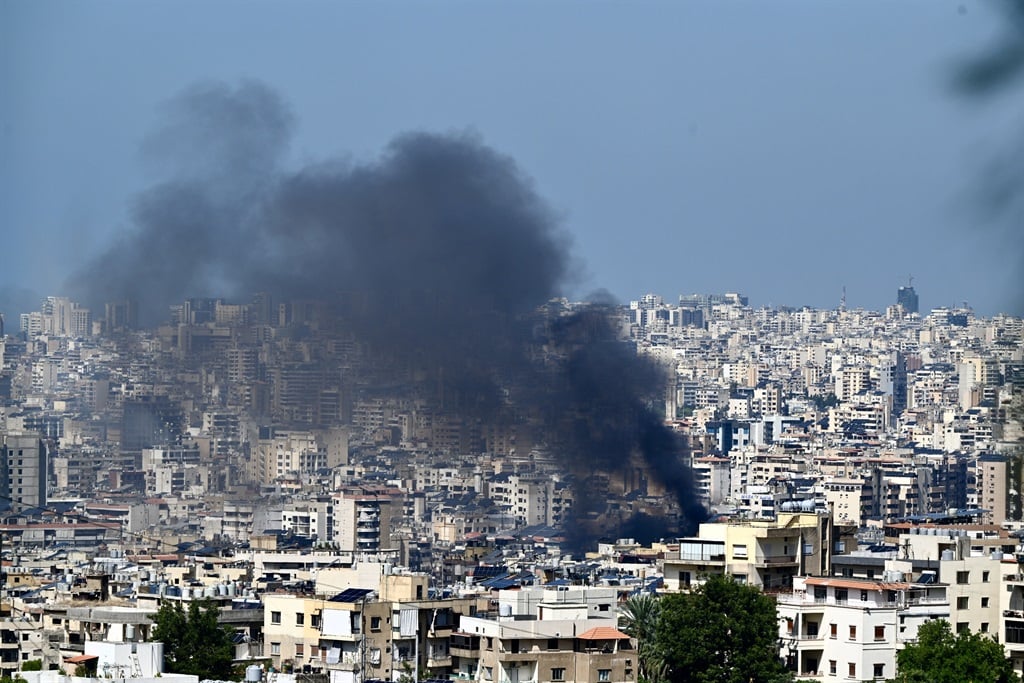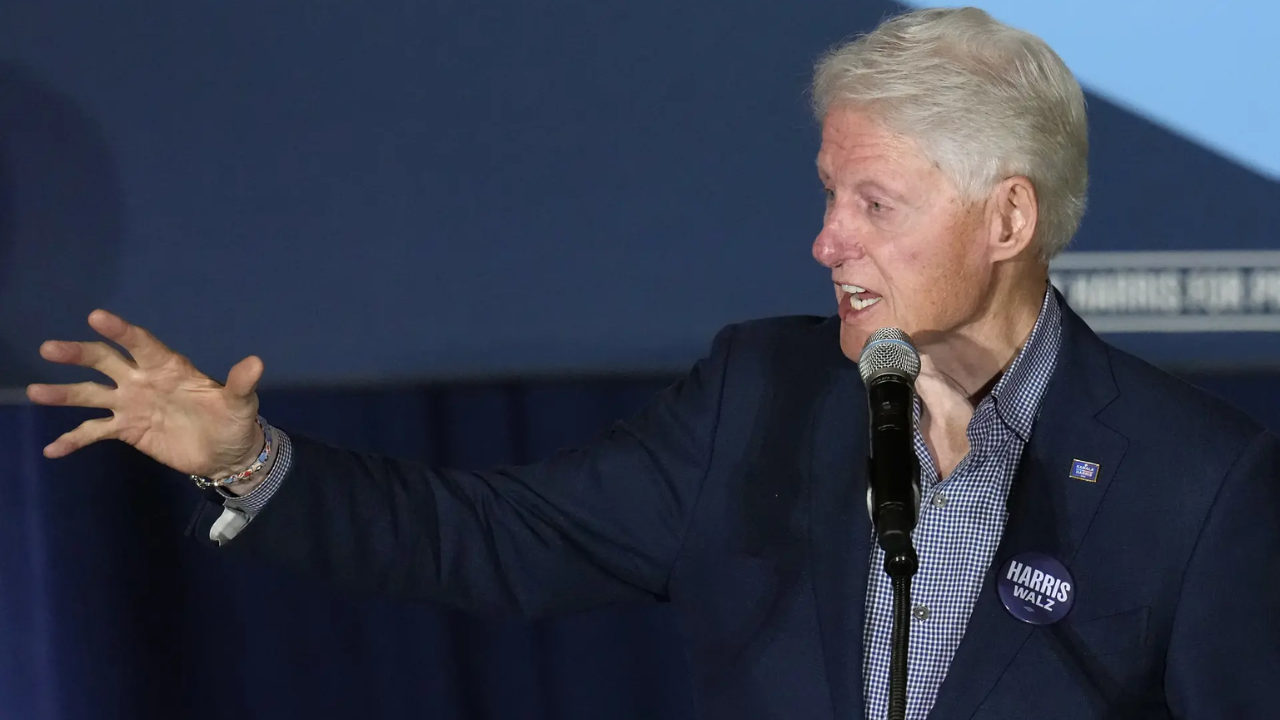ARTICLE AD BOX
HAMAS savages plotted to dig up graves of British war veterans and hold them hostage, it has been revealed.
The Israeli Defence Forces (IDF) found a document detailing the sick plot that was that was created to threaten and blackmail the UK.
 Getty
Getty Hamas fanatics plotted to dig out the graves of British soldiers in a bid to blackmail UKSOPA Images/LightRocket via Gett
Hamas fanatics plotted to dig out the graves of British soldiers in a bid to blackmail UKSOPA Images/LightRocket via Gett
The seven-page document, shown to the Telegraph by the Israeli forces, is believed to have been created on October 5 by an unknown Hamas fighter.
The document contained a list of demands by the terror group and a plan to unearth buried British soldiers and imprison them.
Demands included the removal of buried Commonwealth troops to graves outside Gaza, backdated ‘lease fees’ for use of the grave sites since 1917, or a renouncement of the Jerusalem statement.
It is believed the plot was created in an apparent response to the then-prime minister Liz Truss‘s comments to move the British embassy in Israel from Tel Aviv to Jerusalem.
The document read: “If the British government does not meet the aforementioned demands, the Gaza municipality will act to remove all the corpses from the cemeteries and collect them in a special location by judicial order, declaring that the corpses are considered captive until a solution or deal is found.
“The British government will find itself in an embarrassing position in front of the British people, its political elite and its military if any country desecrates the corpses of its soldiers.”
The Commonwealth War Graves Commission (CWGC) led by the UK Defence Secretary has kept and preserved the graves of more than 3,000 British troops who died during World War One and World War Two.
Many of the soldiers, who are kept in the Gaza War Cemetery near Jabalia, died in 1917 while fighting the Ottoman Empire – a conflict that resulted in the British administration of Palestine.
While the document was written before the start of the bloody Israel-Hamas war, Israeli officials say the blackmail plot could still very much be in place.
This is because the cemetery ground is under the control of Hamas authority.
An Israeli official told the media outlet: “The tactic depicted in this document is intended to quite literally terrorise the people of the UK as a whole in order to influence political decisions.
“There is no way to rule out that Hamas will use this strategy or other similar ones to influence external affairs or anything within their agenda in the future.”
Israeli officials say the document was found in a plastic folder inside a compound that has been linked to Yahya Sinwar and Mohammed Deif – the top two leaders of Hamas.
The document was kept along with a few other documents that contained information about Hamas dealing with Hezbollah and other terror organisations.
It comes amid the tense talks of a proposed ceasefire between Israel and Hamas as the Middle East teeters on the brink of all-out war.
Fresh negotiations have resumed in the hope of deterring Iran from launching an attack on Israel.
Iran has been planning to attack Israel after an Israeli precision strike took out Hamas leader Haniyeh as he slept soundly in Iran’s capital.
One of the founding members of the terror group, Haniyeh unflinchingly represented the bloodthirsty cult for decades, even past the death of his own children.
He was traced by Israeli spies as he attended the inauguration of the new Iranian president in Tehran on Monday.
But Hamas said it would not attend the negotiations.
Rising tensions in the Middle East

By Ellie Doughty, Foreign News Reporter
TENSIONS in the Middle East have long been a fluctuating and dangerous area of global concern.
Conflict between Israel and Palestine in the Gaza Strip, West Bank and on Israeli territory itself is nothing new.
Iran and Israel have long been in conflict with each other too.
But after a brutal terrorist attack by Hamas on Israeli soil in October last year, things entered a new phase.
Israel hit back like never before, unleashing almost ten months of ground warfare and airstrikes on the decimated enclave in a bid to destroy Hamas and rescue its hostages.
The Iran-backed terror group had killed some 1,200 Israeli people and kidnapped 250 more in the hideous October 7 massacre.
The UN estimates that at least 39,000 people have been killed in Gaza since the fresh war there broke out.
This figure includes data from the health ministry in Gaza which falls under Hamas domain and has sparked concerns from officials about accuracy.
Now, after almost ten months of war in Gaza, tensions have appeared to enter an all new high after a series of deadly strikes and high-profile assassinations in late July and early August.
On Saturday July 27, a rocket strike fired from southern Lebanon hit a football pitch in Golan Heights – a Druze village occupied by Israel – killing 12 young people including children.
Israel and the US both said Hezbollah, the largest of Iran’s terror proxy groups, operating out of Lebanon, were responsible for the deadly strike.
On Monday July 28, the IDF dropped an airstrike on an area of Beirut, Lebanon’s capital, killing Hezbollah’s most senior military commander Fuad Shukr.
Less than two days later, at around 2am on Wednesday July 30, Israel killed Hamas’ top political leader Ismail Haniyeh as he slept in Iran’s capital Tehran.
Israel has yet to explicitly claim responsibility for the hit, but after vowing to take out all of Hamas last year, they are widely believed to be behind it.
US officials have also said they suspect Israel of being behind the assassination.
On the morning of Thursday, August 1 morning the Israeli Defence Forces (IDF) announced that a strike on Khan Younis, southern Gaza, had killed Mohammed Deif on July 13.
Dief had worked as head of Hamas’ ruthless military wing, the al-Qassam brigades, since 2002.
It marked another major loss for Iran’s terror proxy groups in the region.
Early reports this week suggested Ismail Haniyeh was taken out in a precision strike, when a rocket was fired from a drone outside his window and detonated inside the room.
Then an investigation by the New York Times suggested a bomb had been planted in his room at the military-run compound where he was staying and detonated remotely.
Unnamed Iranian officials also shared the explosive theory with The Telegraph, further confusing the murky details around Haniyeh’s death.
The Iranian Revolutionary Guard Corps (IRGC), concluded its investigation into the humiliating security breach on Saturday, August 1 and said he died after a “short-range projectile” was fired from outside the building.
A statement shared on Iranian state TV said a 7kg rocket warhead was used in the attack.
Iran and its proxy groups; Hamas in Gaza, Hezbollah in Lebanon and the Houthis in Yemen all vowed to seek revenge on Israel over the assassination of Haniyeh.
Then, on the night of Saturday, August 3, Hezbollah fired some 30 rockets from Lebanon towards Galilee in northern Israel.
Tel Aviv’s impressive Iron Dome Defence system launched into action, destroying “most” of the missiles and no one was hurt.
But the UK, US and France have all urged their citizens to evacuate from Lebanon as fears of a wider war breaking out in the region continue to spiral.

 AFP
AFP Rex
Rex.png)
 3 months ago
4
3 months ago
4








 English (US)
English (US)